‘A TURNING POINT:’ EVENTS MARK BEATLES’ ANNIVERSARY
Louise Harrison is among the lucky few who can say she was there when her “kid brother’s band” (better known as the Beatles) made its smashing debut on “The Ed Sullivan Show.”
“Most of my energy was focused on making sure George was able to stand up and perform,” she said. “I was rather dismayed at the whole attitude (by the producers). There was no real concern about his health. It was, ‘Is he going to be able to perform?’ That really bothered me as a sister. It was kind of a letdown.”
The Beatles join Ed Sullivan (center) on his TV series, the ‘Ed Sullivan Show,’ in February 1964.Photo: Getty Images
Someone told the doctor that George’s sister was with him, so he put her in charge of caring for the stricken Beatle.
“Suddenly, I became Florence Nightingale,” she says, “and I moved into the room with George and looked after him.”
Louise, 11 years older than George, had moved to Illinois in the late 1950s with her then-husband. George had visited her there the year before The Beatles came to America. Today, Louise Harrison, 82, lives near Branson, Mo., and is working on a book.
The day after their Friday, Feb. 7, arrival, John, Paul and Ringo took a walk through Central Park, posing for the countless photographers. But the ailing George stayed behind, missing out on that bit of New York tourism.
But that afternoon, he had to accompany his bandmates to the “Ed Sullivan” studio. “They called urgently and said they needed him to be there to do sound checks and camera angles and that sort of stuff,” Louise says.
“The doctor told me, ‘OK, but don’t stay there any more than an hour, because you risk him not being able to stand on his feet tomorrow [for the live performance].’ ”
Epstein informed Sullivan, and after 60 minutes, George and his sister retreated to the hotel, where she was treating him with all the medicines the doctor had prescribed.
On the Sunday of the show, George’s temperature had gone down — to 102. During the performance, Louise says, “He was swaying on his feet trying to stand up and sing and everything.
“A lot of people have asked me over the years if it was exciting. But I don’t really remember if it was exciting or not. I was too busy worrying about George. I was so concentrating on hoping he could make it.”
Still, there was one particular moment of hoopla and hysteria that she does recall, when they left the Plaza that Sunday to head for “Sullivan.”
“We had to run through a big bunch of police holding up their arms, like they do at military weddings, making a tunnel for us to run out the door and into the limo.
“And then we took off down the street, and all the people who had climbed on top of the limo were falling off. We looked out the back window, and all these eyeglasses and pocketbooks and hats and shoes and all kinds of things were coming down the street behind us.”
The Beatles certainly enjoyed their American debut. And Louise says she found Ed Sullivan “charming.”
“He was like a little puppy with two tails. I guess he was accustomed to people treating him respectfully, because he was sort of a big-shot, serious old man. But they were just joking with him and laughing,” Louise says.
“They were just having so much fun themselves that they just pulled him into the fun as well. The Beatles just embraced him like he was one of them.”
http://nypost.com/2014/02/06/meet-the-girl-whorescued-george-harrison-for-ed-sullivan/
Article posted: 1/31/2014 5:45 AM
Louise Harrison is among the lucky few who can say she was there when her “kid brother’s band” (better known as the Beatles) made its smashing debut on “The Ed Sullivan Show.”
And next week, when fans mark the 50th anniversary of that iconic moment, she’ll be in the suburbs to make sure they get a glimpse of what it was like.
“The excitement was tangible, really,” recalled the sister of late guitarist George Harrison. “You could almost touch it.”
Harrison’s appearance at the Arcada Theatre in St. Charles is one of several upcoming events celebrating 50 years since the Fab Four hit U.S. soil and, on Feb. 9, 1964, captured some 73 million viewers on American television.
The Beatle sibling has teamed with the Missouri-based Liverpool Legends, a look-alike, sound-alike act that recreates that monumental performance — complete with an “Ed Sullivan” character — and tells the band’s story with music from throughout its relatively brief career.
“We do the whole story, right from the get-go to the so-called breakup,” Harrison said.
In Wheaton, author and Beatles historian Robert Rodriguez of Downers Grove also will present rare recordings and photos, and discuss the band’s earliest years. And in Lincolnshire, suburban act the Cavern Beat is performing a concert that includes their own take on the Sullivan show, as well as audience requests.
Tribute shows also are planned in Aurora and Skokie.
“There’s a tremendous yearning for nostalgia,” said Phil Gawthorpe, who plays Beatles manager Brian Epstein for the Cavern Beat and isn’t surprised fans still crave a live Beatles experience.
“It’s remarkable so many people watched it the first time,” the Arlington Heights man said. “I don’t see a phenomenon like that happening again.”
For Louise Harrison, it was definitely phenomenal — but not always glamorous.
Before the Sullivan debut, she remembers helping her brother nurse a high fever and a bad case of strep throat.
“Most of my energy was focused on making sure George was able to stand up and perform,” she said. “I was rather dismayed at the whole attitude (by the producers). There was no real concern about his health. It was, ‘Is he going to be able to perform?’ That really bothered me as a sister. It was kind of a letdown.”
Harrison, who left England for southern Illinois in 1963, said she spent months pitching Beatles records to U.S. radio stations before the band scored its first Number One hit here with “I Want to Hold Your Hand” in early 1964.
Her brother later commented that he didn’t anticipate the hoopla that would ensue when the unassuming group from Liverpool, England, touched down in New York on Feb. 7, 1964, to meet thousands of screaming fans.
“George was watching some videotape of them landing at Kennedy and coming down the steps of the plane. He said, ‘If we had any idea how important that was, we probably would have been nervous,’” Harrison recalled.
But they “didn’t have any idea,” she said.
“They were just happy-go-lucky, four lads having fun. They were still relatively naive and innocent — and still enjoying it tremendously,” Harrison said.
Rodriguez, who’s written five books on various aspects of the Fab Four’s history, said there’s a moment in the grainy, black-and-white Sullivan footage where George Harrison flashes a grin at John Lennon as if to say “we did it.”
“Kind of acknowledging they had reached the top of that mountain at long last, something they were dreaming about as teenagers,” he said, adding the Beatles represented a cultural “turning of the page.”
“You don’t have to be a Beatles fan to recognize the fact that at this sad moment in American history, in the wake of the assassination of a youthful president (John F. Kennedy), it was a turning point where the ’50s wound down and the ’60s began,” Rodriguez said. “The fact that we’re still celebrating this is a recognition that everybody’s lives changed.”
Louise Harrison’s appearance in St. Charles will be followed by a screening of “The Night That Changed America: A Grammy Salute to the Beatles,” on the Arcada’s 40-foot screen. That celebration, which will air at 7 p.m. Feb. 9 on CBS, included a performance by the two surviving Beatles, Paul McCartney and Ringo Starr.
Ron Onesti, the Arcada’s CEO and president, said his venue’s event is just one of several upcoming concerts celebrating a half-century of Beatlemania.
“They changed the course of music as we know it,” he said. “For us, it’s about fostering this to younger people and new generations. This music, it’s important.”
http://www.dailyherald.com/article/20140131/entlife/701319951/
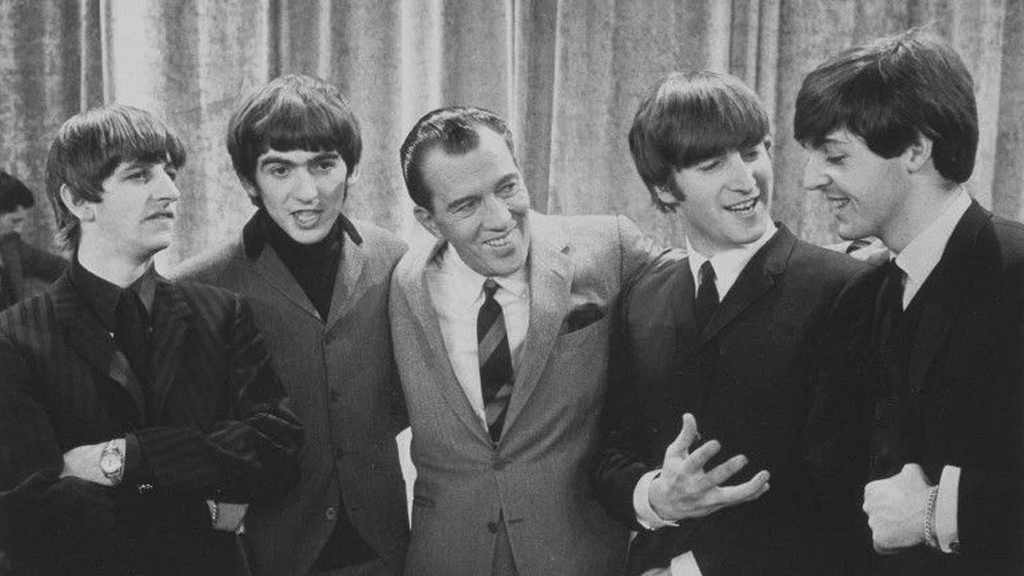

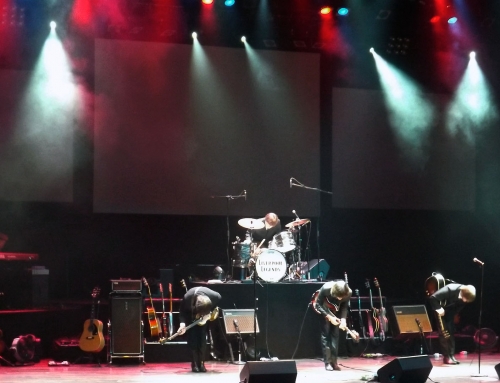
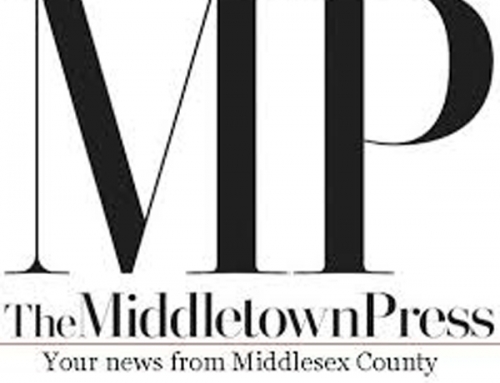

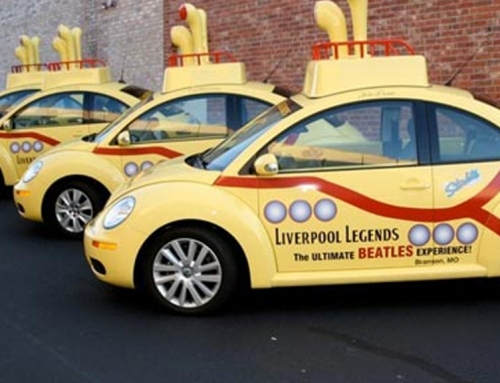
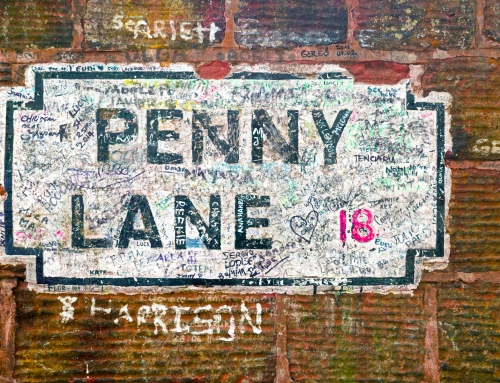
Leave A Comment
You must be logged in to post a comment.